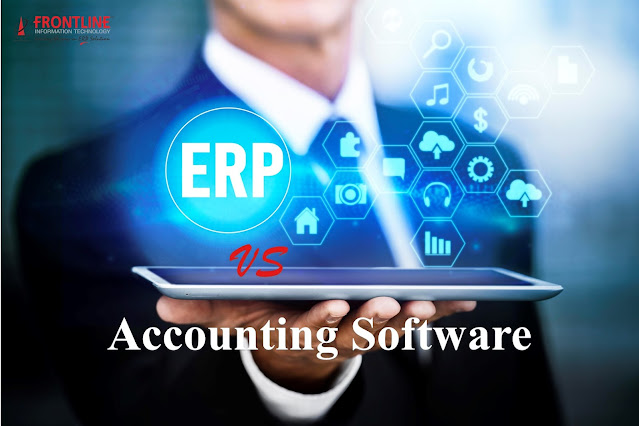5 Tips on How to Migrate Safety from One ERP to Another
5 Tips on How to Migrate
Safety from One ERP to Another
The migration process is always not an easy task.
Especially when it involves ERP. In this case, migration requires special
skills and preparations. There are many reasons why companies want to migrate
from their ERP system. Some of the most common ones are dissatisfaction with
the existing process, the ability to apply new technologies or the work of
their legacy system. In this article, we’d like to share five tips on how to
migrate safely from one ERP to another and what is important to keep in mind.
1) What is an ERP’s migration and when do you need it?
ERP Data migration is the process of reorganizing, copying, and
moving the data from your previous ERP systems to the new ones. This process is
becoming popular among business leaders who want to run their company in the
most efficient way. They are starting to migrate their data from the previous
ERP system and often find this process to be unexpectedly difficult.
Each company has its own goals for migrations, but there are three
most common prerequisites:
·
The previous system is out-dated and does not
meet the needs of the company.
·
The possibilities of developing the
functionality of the old solution are already
exhausted.
·
It is important for the company to consolidate
the data, and the current solution is not
able to provide this.
·
The end of the support and completion of
ERP-system.
2) How to prepare a business for an ERP migration?
It is essential to align the software with business processes and
requirements. When developing or analyzing the implementation of ERP migration
plans, organizations should complete three steps:
·
Project initiation: full definition of team
structure, planning, risk management, and control.
·
Implementation: data migration, learning
strategy, business modeling, gap analysis, and technology testing.
·
Closure: transition strategy, verification,
transition planning, commissioning.
3) How to choose a development team for migration? Integrator
team or third-party team?
Finding
the right team of professionals to work on ERP migration is an
essential part of success. There are three main rules to remember when choosing
the team of the developers for this uneasy task:
·
Rule 1: Select candidates based on their
skills, not on their position. The team needs to be motivated and interested in
the company’s goals and understand migration purposes.
·
Rule 2: The team should be able to make
decisions and express their own vision on the migration process.
4) Migration
process. What is important to control?
The implementation process of
migration usually includes such stages and steps.
1. Carefully investigate the current
ERP System and consider its ability to fulfil the needs of your company. In
this way, you can understand which functions to implement in the new ERP
System.
2. Find the corresponding ERP Software
package to ensure the smooth transition of the functional system. The result
should be progressive, not a case of recovery failure.
3. Thoroughly scrutinize the company’s
goals and plan all possible needs of ERP migration. Define a clear migration
strategy for the team.
4. Start with less critical and small
components and data constantly moving to the more complex ones. Such a strategy
will make it possible to constantly control and check the changes after each
stage.
5. Ensure the executive support of
professionals and stakeholders who can contribute with their reasonable advice
and opinions. It’s important to discuss all possible reasons for migrations to
know what you need to get in the result.
5) How to
transfer the company’s work to the new ERP?
Not all employees usually feel pleased
about ERP migration. Most of the company’s operations and tasks are changing.
That’s why it’s essential to tell the whole team about benefits and hold
necessary training before the system is changed to the new one. Here we
collected the checklist that is recommended to follow while moving to the new
ERP
1. Gather a strong team for an ERP
migration project.
2. Prepare documentation of existing
business processes and problems to fix.
3. Establish the exact instructions
and functionality needed.
4. Define clear goals and objectives
of migration.
5. Mark key performance indicators.
6. Review the migration process
implementation
7. Establish training for the
employees.
8. Take feedback from the users and
make corresponding changes.
Keep in mind that an ERP system
migration is a major time of transformation for any business, and the most
important thing for development to become successful is the right preparation.
To get the successfully ERP
implementation in your company kindly contact to the Horizon’s ERP Solution.




Comments
Post a Comment